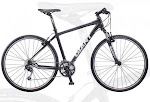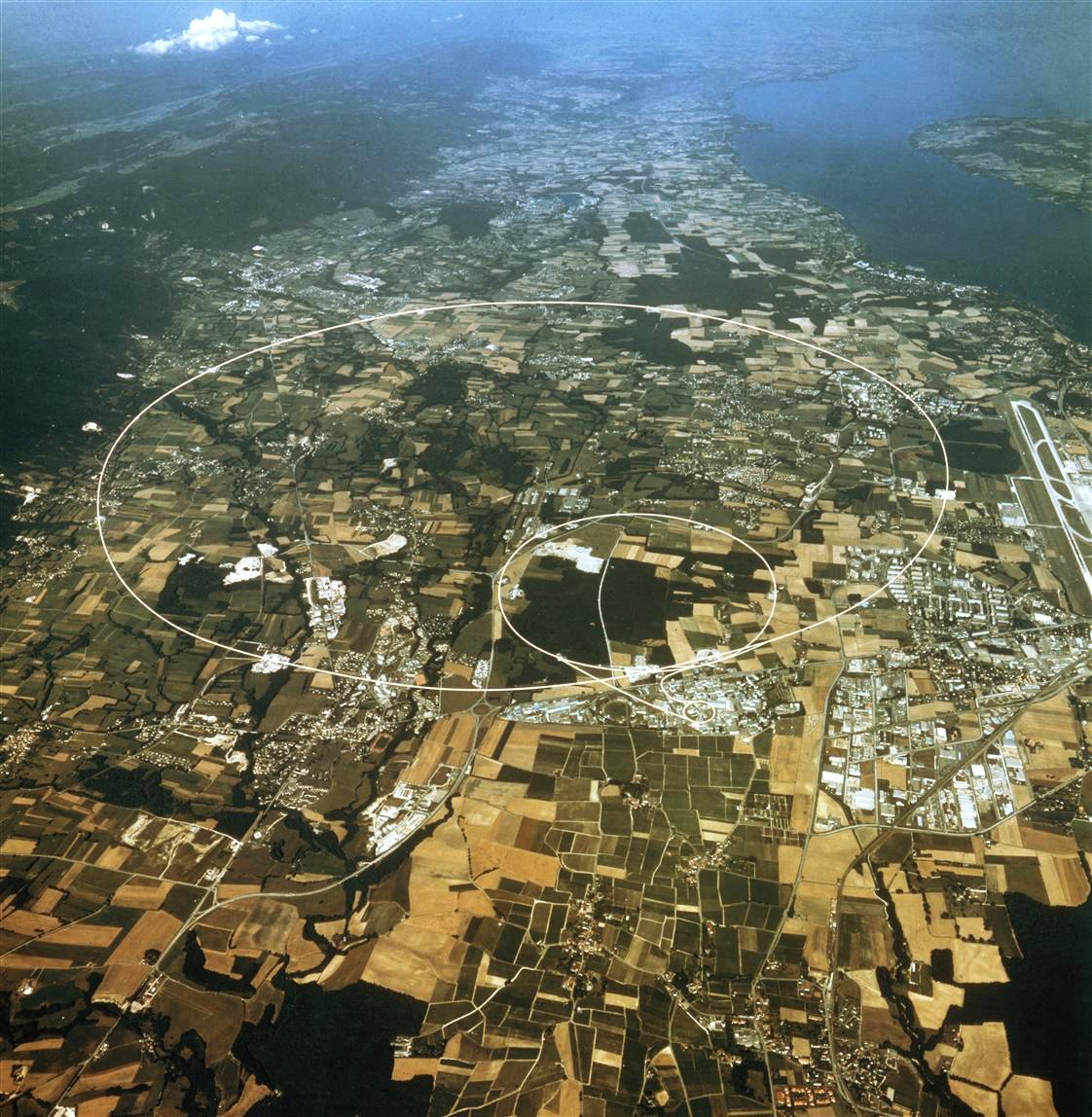Look at me, an experienced clinician and communicator sitting poised, fingers hovering, not knowing where to start. I know what I want to say but there's something almost tangible holding me back.
That last sentence caused me to pause for a full minute.
There. I made coffee.
It's worry that makes me hesitate. See? There's no flow. because, it seems disproportionately worrying that I maintain standards. That the reader can access my thoughts via my style. That my thoughts are accurately translated onto the screen.
Worry goes both ways though. Whilst I worry that this may be coming across as rambling nonsense, you, the reader worry that it may maintain this level of solipsism, that I may stay with my train of thought meandering through well trodden vistas without becoming something interesting.
Here's something interesting.
We go to an art gallery to see art. We go to a big building either commissioned in the last couple of centuries to reflect the importance of a private benefactor or more recently, designed to enhance the intellectual experience of looking at art. In a room full of other people. Who are worrying that they might not get it either.
I am writing to invite you to stop worrying about whether or not a picture is accessible to you, whether or not it means something. Rather, to approach the whole issue differently.
Here are a couple of pictures. Scenes of rural living taken from around and about my house in Northumberland.
 |
| An oddly composed picture of a familiar medieval bridge over the Coquet. |
 | |
| An almost abstract picture that invites the viewer to enjoy the atmosphere rather than the detail. |
 | |||||||||
| Similarly, the unexpectedly placed cloud offers interest beyond the composition. |
 |
| Poppies by Monet |
 | ||||
| Poppies by me
The first three images are (pardon my conceit) pleasant enough due to their balance, tonal palette or dissonance. The last two are enjoyable because we recognise that Claude Monet made a pretty good job of representing something we can capture in a 250th of a second and value as 'Art'. Except he didn't. He did far more than that. I know which one I would prefer to live with and, if you give a second or two to look at the differences, I suspect most people would agree.
We prefer to enjoy other people's art when it adds their own experience to a shared vision. Deciding just how Monet imbued his figures with their respective qualities of innocence and experience is not easy to quantify. knowing he did is sufficient. He understood this, as did the other Impressionists. He asks the viewer to join him and to add their own feelings to the picture. In seeing a Monet you can almost watch him painting it. Artists Look then they See. So that we can too. Three years ago, I visited the Tate on the South Bank for the first time in many years. I was a blase, seasoned gallery drifter who had studied Art and felt right at home in my critical skin. I was happy that, if asked, I could give a little information on most of the works on show. But I had forgotten, somewhere down the line and over the years, how to be still and see. Turning a corner, past two contrasting Jackson Pollock pictures (Pre and post sobriety), I almost literally stumbled into Mark Rothko. Something held my look. I had been familiar with this painting pretty well all my life but suddenly, I was moved to actually spend less time wondering what he was all about. In the process I was moved to tears. I disn't move for fully ten minutes. Over the following few days, it became almost blindingly obvious what had occurred in the Tate that had not been given rein previously. We are used to enjoying colour fields and pleasing geometry in everyday living. The juxtaposition of Yellow and Blue in a Rape field/ Blue sky composition is a universal cause for celebration. Especially when enhanced by a skylark's song, the smell of Hawthorn or the sun-warmed Rape flowers and a light breeze. What we reduce the whole to however, are the two huge areas of primary colour. If you look beyond the surface of a Rothko painting, beyond the initial impression of simple slabs of colour, the layers and glazes of paint become apparent. His attention to where the essence of his work bleeds out into the world we share with him, via the edges of the paintings is a new cause for astonishment. Not because the viewer is made demands of but more simply because we all have limits. Some of us hide those limits and present a variety of facades and frames to make our fragile and scary personae more universally palatable. (Were we to openly wear our hearts at all times it would get messy very quickly!) We all worry. Rothko used to worry me. Not any more. He astonishes me now. If only because it is immediately as well as gradually evident just how much effort and care went into his works. That alone touches us and bridges the generational gap between us. Within that effort was the expression of such power and vulnerability, accessible to anyone who takes a little bit of time to ignore their first impression. These could not be painted by a child. They do ask us all to try to be a little more child-like however. I am very pleased to have made this acquaintance after all these years. Even if my renewed encounter was blurred by tears. |

















